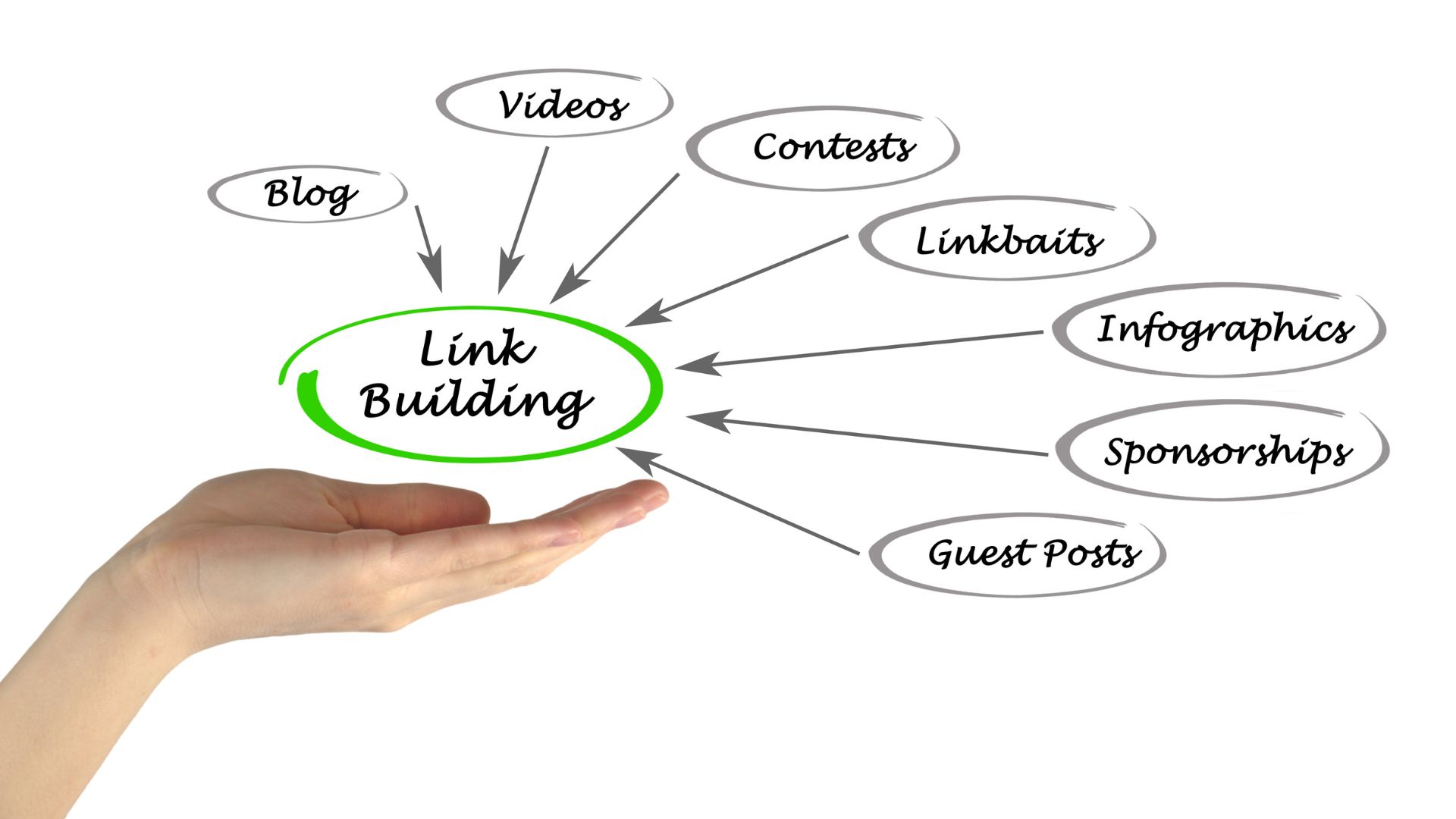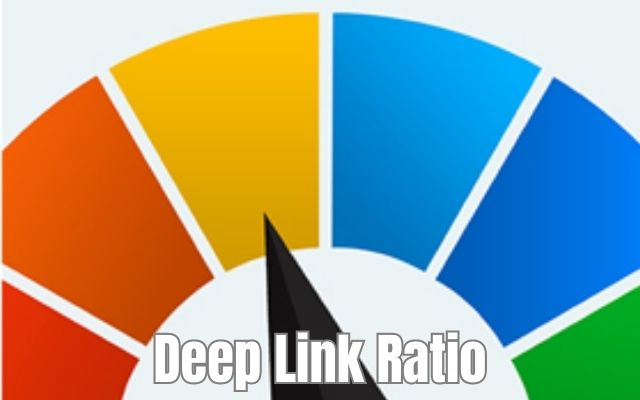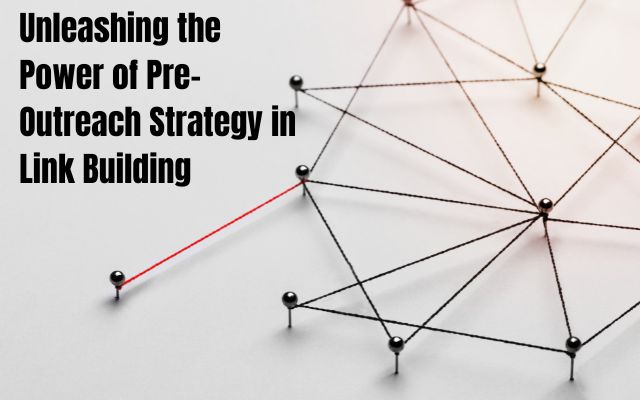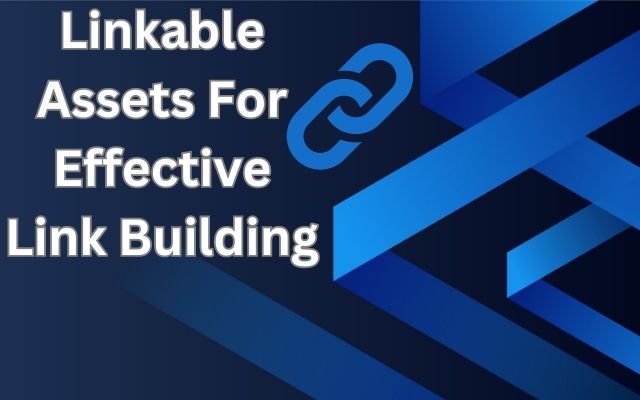White Hat vs Black Hat Link Building: Choosing the Right Approach
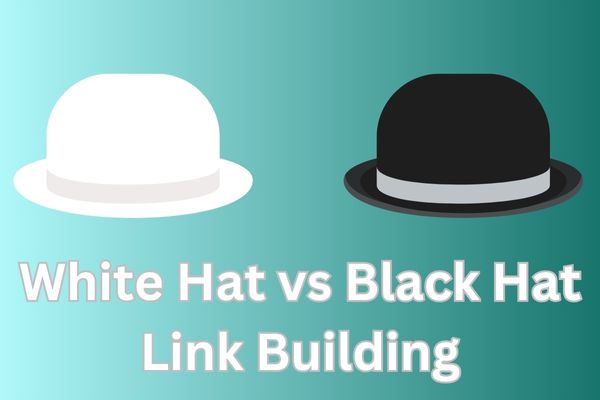
Exploring the battle between White Hat vs Black Hat link building strategies reveals contrasting approaches in the quest for SEO success. It involves acquiring hyperlinks from external websites to your own, indicating the relevance and authority of your content. However, not all link building practices are created equal. There are two primary approaches: white hat and black hat. Understanding the differences between these approaches is essential for making informed decisions when it comes to building links for your website.
White Hat Link Building:
White hat link building refers to ethical and legitimate practices that focus on building high-quality, relevant, and authoritative links. The emphasis is placed on providing value to users and adhering to search engine guidelines. Here are some key aspects of white hat link building:
a. Content-driven Strategies: Creating high-quality content that naturally attracts links from other websites. This includes producing informative articles, useful resources, and engaging visuals.
b. Guest Blogging: Collaborating with reputable websites to publish guest posts that offer valuable insights to their audience while incorporating relevant links back to your site.
c. Outreach and Relationship Building: Actively reaching out to website owners, bloggers, and influencers to establish mutually beneficial relationships and secure backlinks through genuine connections.
Black Hat Link Building:
Black hat link building involves employing manipulative and deceptive tactics to obtain links quickly, often in violation of search engine guidelines. While these techniques may provide short-term gains, they carry a high risk of penalties and long-term damage to your website’s reputation. Some examples of black hat link building techniques include:
a. Link Farms and PBNs: Creating or participating in networks of low-quality websites solely for the purpose of exchanging links, without regard for relevance or user value.
b. Link Buying and Selling: Purchasing links from websites or participating in link schemes that artificially inflate the number of backlinks without genuine merit.
c. Hidden or Manipulative Links: Concealing links within the content or using techniques such as hidden text to manipulate search engine rankings.
Choosing the Right Approach:
When it comes to choosing between white hat and black hat link building, it is crucial to consider the long-term implications and the reputation of your website. While black hat techniques may offer quick results, they are prone to penalties from search engines, resulting in significant drops in rankings or even complete removal from search results. On the other hand, white hat link building focuses on sustainable and user-centric practices that build credibility and foster long-term growth.
Here are some factors to consider when deciding on the right approach:
a. Long-Term Goals: Determine your website’s long-term goals and align your link building strategy accordingly. Sustainable growth and organic rankings are typically better achieved through white hat practices.
b. Reputation and Trust: Building a reputable brand with a strong online presence is crucial for attracting and retaining users. White hat link building helps establish trust and credibility within your industry.
c. Search Engine Guidelines: Adhering to search engine guidelines is essential for maintaining a healthy online presence. White hat practices align with these guidelines, reducing the risk of penalties.
White hat vs Black hat Link Building
| Aspects | White Hat Link Building | Black Hat Link Building |
|---|---|---|
| Approach | Ethical and legitimate practices | Manipulative and deceptive tactics |
| Focus | High-quality, relevant, and authoritative links | Quick acquisition of links, often low-quality and irrelevant |
| Content Strategy | Content-driven approach with valuable and informative content | Often focuses on quantity over quality, with little regard for value |
| Link Acquisition | Organic and natural acquisition through quality content | Artificially obtaining links through schemes or link manipulation |
| Risk of Penalties | Low risk of penalties as practices comply with guidelines | High risk of penalties, leading to drops in rankings or removal |
| Long-Term Impact | Sustainable growth and long-term benefits | Short-term gains with potential long-term damage |
| Reputation and Trust | Builds trust and credibility within the industry | Can damage reputation and trustworthiness |
| Alignment with Guidelines | Adheres to search engine guidelines | Violates search engine guidelines |
| Goal | Long-term organic rankings and credibility | Quick results without long-term sustainability |
Remember, white hat link building is generally considered the best approach for long-term success, while black hat link building carries significant risks and can harm your website’s reputation. It’s important to choose ethical practices that align with search engine guidelines and prioritize quality content and genuine relationships for sustainable growth.
FAQ
Q1: What is white hat link building?
A1: White hat link building refers to ethical and legitimate practices that focus on building high-quality, relevant, and authoritative links. It emphasizes providing value to users and adhering to search engine guidelines.
Q2: What is black hat link building?
A2: Black hat link building involves employing manipulative and deceptive tactics to obtain links quickly, often in violation of search engine guidelines. These practices can lead to penalties and long-term damage to your website’s reputation.
Q3: What are examples of white hat link building techniques?
A3: Examples of white hat link building techniques include creating valuable content that naturally attracts links, guest blogging on reputable websites, and building relationships through outreach and networking.
Q4: What are examples of black hat link building techniques?
A4: Examples of black hat link building techniques include participating in link farms and private blog networks (PBNs), buying or selling links, and using hidden or manipulative links to artificially inflate rankings.
Q5: Why should I choose white hat link building over black hat techniques?
A5: Choosing white hat link building ensures sustainable growth, credibility, and adherence to search engine guidelines. Black hat techniques may offer short-term gains, but they carry a high risk of penalties and long-term damage to your website’s reputation.
Q6: What are the risks of black hat link building?
A6: Black hat link building techniques can result in penalties from search engines, leading to significant drops in rankings or even removal from search results. These penalties can be difficult to recover from and harm your website’s online presence.
Q7: How do I determine the right approach for my website?
A7: Consider your long-term goals, the reputation and trust you want to build, and the importance of adhering to search engine guidelines. White hat link building aligns with sustainable growth and credibility, while black hat techniques carry significant risks.
Q8: Can I mix white hat and black hat techniques?
A8: It is not recommended to mix white hat and black hat techniques. Black hat practices can harm your website’s reputation and have long-term consequences. It is best to focus on ethical and sustainable white hat strategies.
Q9: Can I recover from using black hat techniques?
A9: Recovering from black hat practices can be challenging. It often requires identifying and removing problematic links, disavowing spammy domains, and implementing white hat strategies to rebuild trust with search engines.
Q10: Is link building still important for SEO?
A10: Yes, link building remains an essential aspect of SEO. High-quality and relevant backlinks help search engines understand the authority and relevance of your website, contributing to improved organic rankings and visibility.
Read more:
- Understanding Internal Linking for SEO
- Building Stronger Connections: A Comprehensive Guide to Resource Link Building Strategies
- Unlocking the Power of Guest Blogging: Strategies and Tips for Building Your Online Presence
- The Art of Link Building: Strategies and Techniques for Success
- Reaching New Heights: A Comprehensive Guide to the Skyscraper Technique in Link Building
- Rebuilding the Chain: An In-Depth Guide to Broken Link Building for Improved SEO
- Social Signals for Link Building: How to Harness the Power of Social Media for SEO Success
- Building Backlinks and Boosting Engagement: The Power of Comment Link Building
- Mastering the Art of Link Building: Effective Techniques for Boosting Your Website’s SEO
- Unlocking Lost Opportunities: A Guide to Link Reclamation for Boosting Your Online Presence
- How to Find and Fix Broken Links on Your Website
- Mastering Internal Linking for SEO: A Key Strategy for SEO Success
- Striking the Right Balance: Quality vs Quantity in Link Building
- Mastering Editorial Links: A Powerful Strategy for SEO Success
Conclusion:
In the world of SEO, link building is a critical component for improving search engine visibility and organic rankings. While black hat link building may promise quick results, it comes with significant risks and potential consequences. Embracing white hat link building techniques ensures a sustainable and ethical approach that not only enhances your website’s visibility but also builds a strong foundation for long-term success. By focusing on quality content, genuine relationships, and adhering to search engine guidelines, you can make informed choices and secure a brighter future for your website’s online presence.


